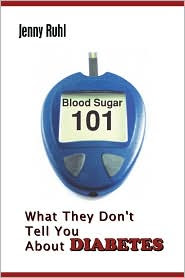How To Lose Weight
Here are some of the best lose weight tips that you can find to help you lose those extra pounds you have:
1.Walk for 45 minutes a day.
Daily walking is enough to prevent weight gain in most relatively sedentary people, exercise beyond 30 minutes results in weight and fat loss. Burning an additional 300 calories a day with three miles of brisk walking (45 minutes should do it) could help you lose 30 pounds in a year without even changing how much you're eating.
2.Eat five or six small meals or snacks a day instead of three large meals.
A 1999 South African study found that when men ate parts of their morning meal at intervals over five hours, they consumed almost 30 percent fewer calories at lunch than when they ate a single breakfast. Other studies show that even if you eat the same number of calories distributed this way, your body releases less insulin, which keeps blood sugar steady and helps control hunger.
3. Downsize your dinner plates.
The less food put in front of you, the less food you'll eat. Conversely, the more food in front of you, the more you'll eat. So instead of using regular dinner plates range, serve your main course on salad plates . The same goes for liquids. Instead of glasses and oversize coffee mugs, go for coffee cups.
4. Avoid white foods.
Large amounts of simple carbohydrates from white flour and added sugar can wreak havoc on your blood sugar and lead to weight gain. While avoiding sugar, white rice, and white flour, you should eat plenty of brown rice and whole grain bread.
5.Eat cereal for breakfast five days a week.
Studies find that people who eat cereal for breakfast every day are significantly less likely to be obese and have diabetes than those who don't. They also consume more fiber and calcium -- and less fat -- than those who eat other breakfast foods. Pour out a high-fiber and low-sugar cereals.
6.Eat fruit instead of drinking fruit juice.
For the calories in one kid-size box of apple juice, you can enjoy an apple, orange, and a slice of watermelon. These whole foods will keep you satisfied much longer than that box of apple juice, so you'll eat less overall.
7. Use flavorings such as hot sauce, salsa, and Cajun seasonings
Besides providing lots of flavor with no fat and few calories, many of these seasonings -- the spicy ones -- turn up your digestive fires, causing your body to temporarily burn more calories.





.jpg)













